There are a few different ways to measure low laser powers, but the most common is the photodiode. Photodiodes translate light energy into electricity (current), which can be measured by a current sensor.
Ophir uses a few types of photodiodes in its PD300 series.
There are a few advantages to the PD300 photodiodes:
- Absolute calibration to NIST standards, along their entire wavelength spectrum
- Increased accuracy with background subtraction to remove ambient noise
- Removable filter for wide dynamic range
But instead of just tooting my own (company’s) horn, let me give you a handy comparison chart, so you can see at-a-glance, which PD300 model is best for you:
(Note the power is in log scale.)
Let’s go through this quickly.
What is each PD300 sensor used for?
First, there’s a common area where many or most models work. Lasers with powers between 0.5 nW and 300 mW, wavelength around 350-1100 nm. If your laser fits these criteria, just pick whatever’s most convenient – the basic PD300 probably makes the most sense here.
So why are there another six models?
- PD300-3W: As the name might suggest, this is a high power photodiode, that can measure up to 3 W, with its filter in place. Without the filter, it can go down to 5 nW – a dynamic range of almost 9 decades.
- PD300-1W: This sensor is a less expensive version of the PD300-3W that measures up to 1 Watt.
- PD300-TP: Also measuring up to 1 W and all the way down to 50 pW (more than 10 decades!), the real advantage of the TP sensor is its thin profile. The tip of the sensor (the part used to measure power) is actually only 4 mm thin, so it can be slipped into crowded optical setups.
- PD300-UV / PD300-UV-193: UV of course is used to measure UV (ultraviolet) sources. Both versions measure down to 200 nm, while the 193 version is calibrated at 193 nm as well for Excimer laser measurement. The PD300-UV is also the most sensitive silicon sensor measuring down to 20 pW.
- PD300-IR: Similarly, the IR sensor is used to measure infrared sources. This is a Germanium detector, so its response curve is about 0.7-1.8 microns. It has a smaller dynamic range than the other (Silicon) detectors, but if you need to measure IR beams 5 nW and up, this is the sensor of choice.
- PD300-IRG: This InGaAs-based photodiode is mainly used for telecom applications. (Optional fiber adapters are available.) Although its spectral response is narrower than the Ge detector (0.8-1.7 microns), it is the most sensitive of the entire PD300 family, measuring all the way down to 10 pW.
There are also round photodiodes available for the basic, UV, IR and 3W versions. Other than the shape, most of the specs will be the same.
Whatever you need, there’s a PD300 power sensor for you.
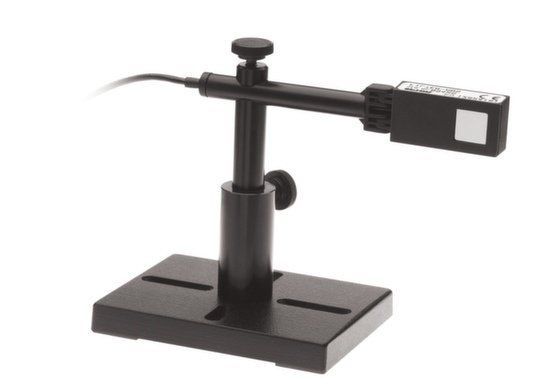
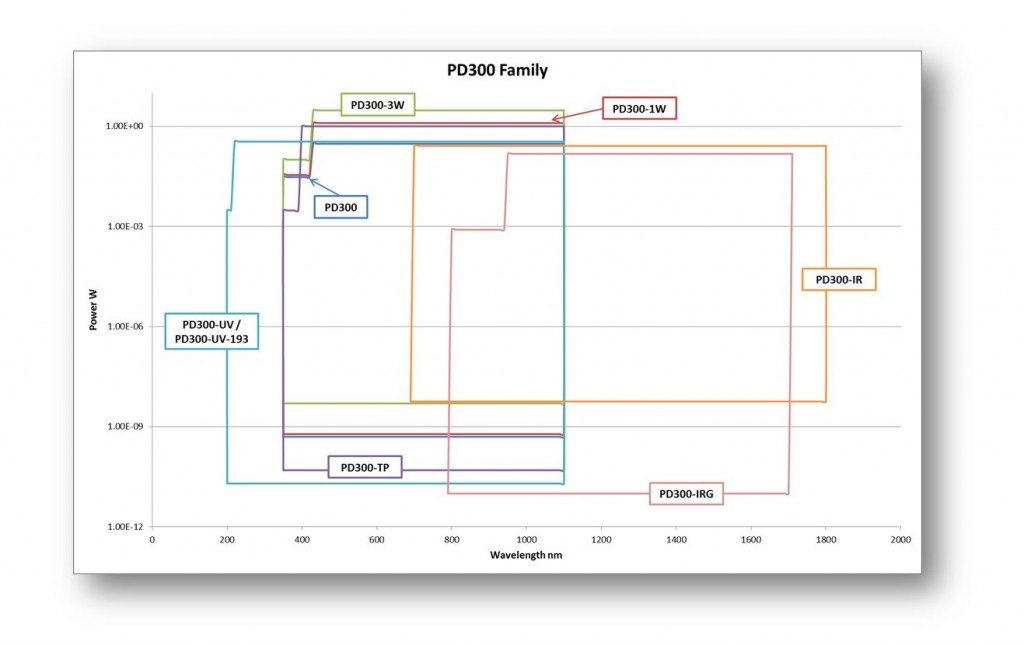
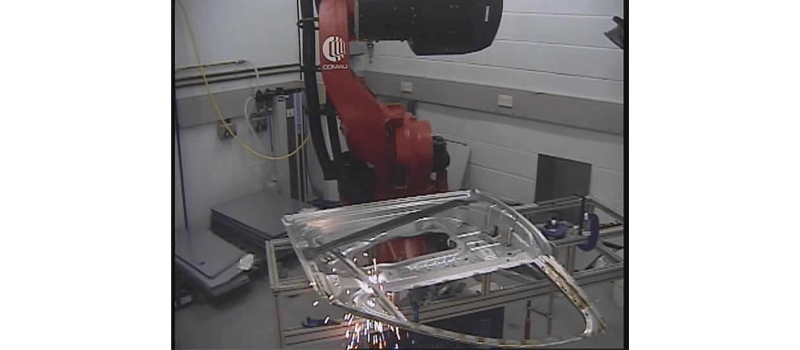
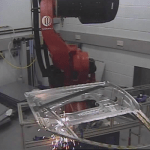
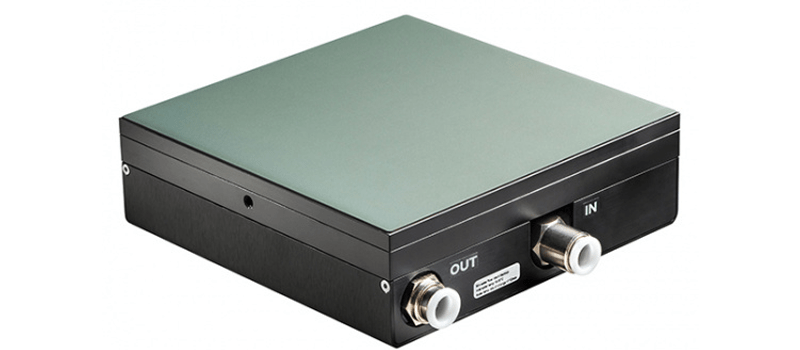
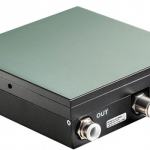
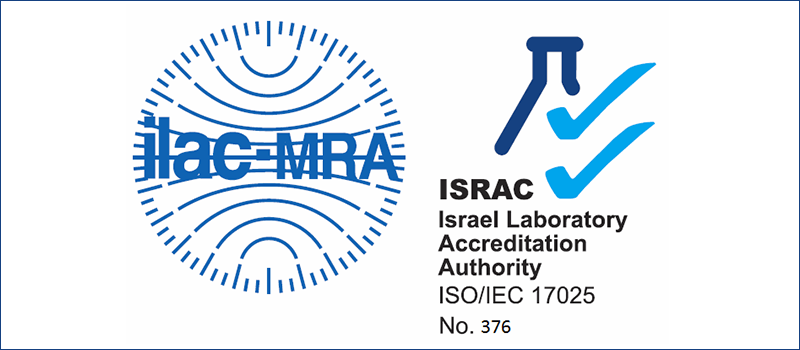
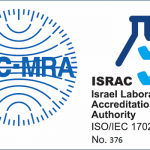


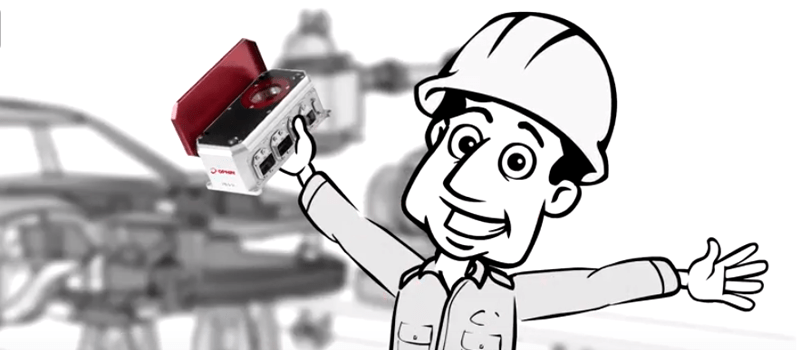

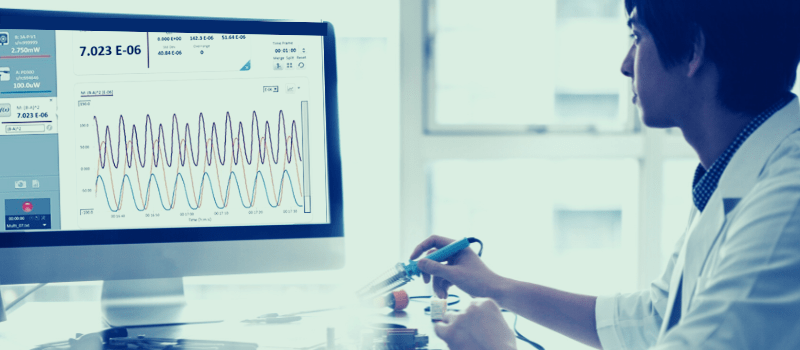

Leave a Reply
Your email address will not be published. Required fields are marked *